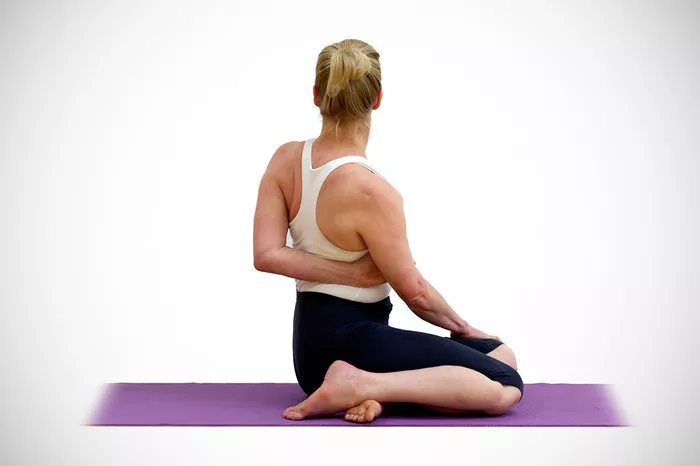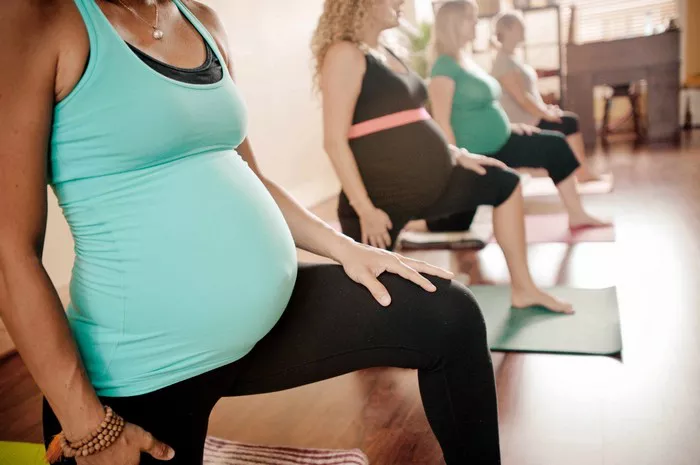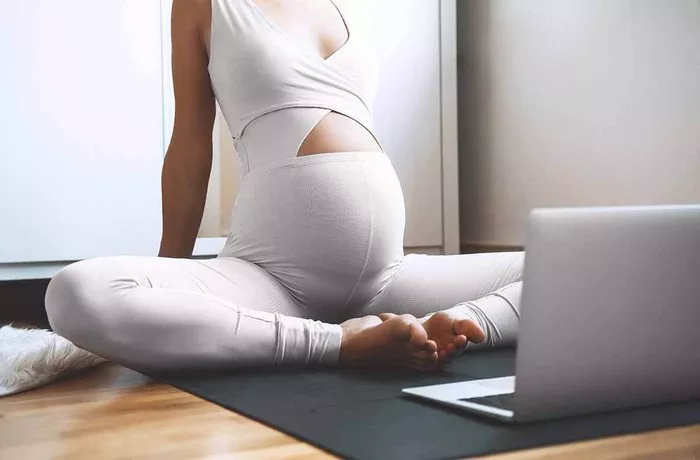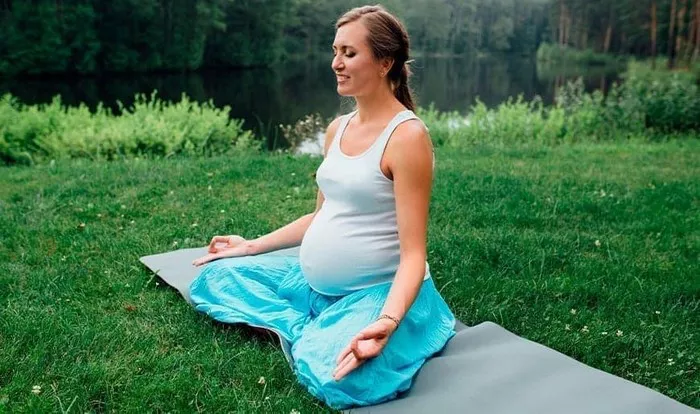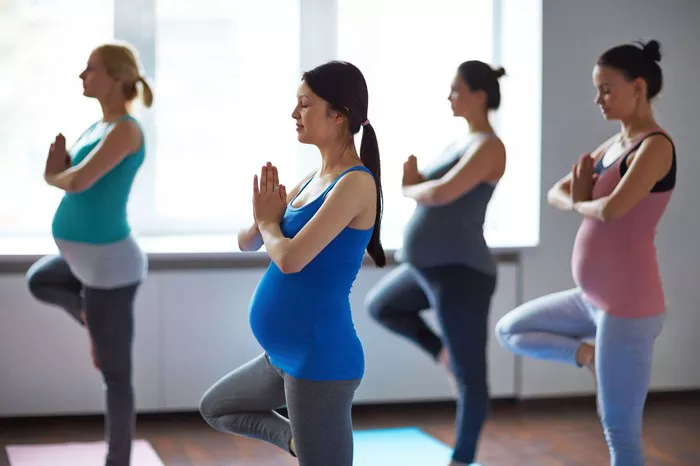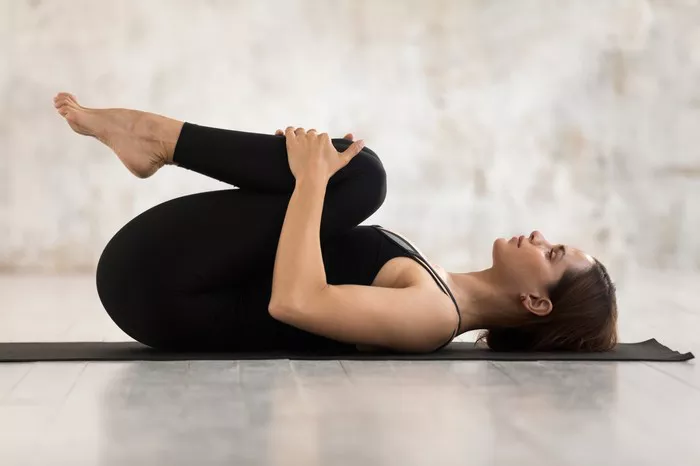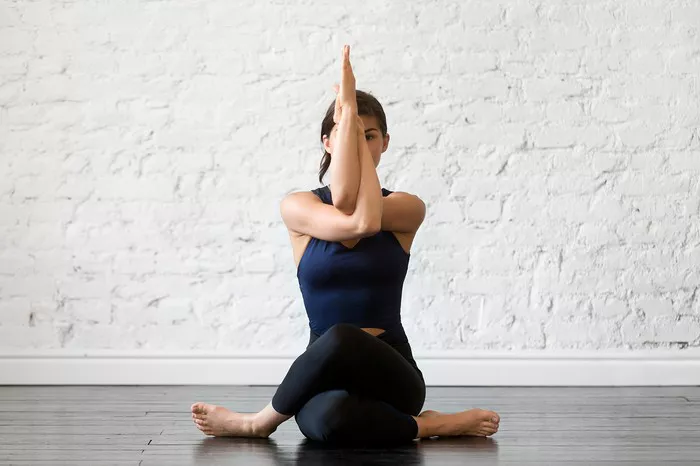Core Power Yoga, a dynamic and highly energetic form of yoga, has gained immense popularity in recent years. It combines traditional yoga poses with strength-building exercises, designed to improve flexibility, stamina, and focus. However, one of the key components that makes Core Power Yoga distinct from other yoga practices is its use of heat. But just how hot is Core Power Yoga, and how does this temperature impact the practice? In this article, we’ll explore the significance of heat in Core Power Yoga, its benefits, and considerations for those interested in trying it out.
What Is Core Power Yoga?
Core Power Yoga is a vigorous and modern approach to yoga that blends elements of traditional Vinyasa flow with high-intensity strength training. It was developed with the intention of creating a more physically demanding workout that focuses on core strength while still maintaining the spiritual and meditative aspects of yoga. One unique aspect of this style of yoga is that it’s typically practiced in a heated room, which adds an additional layer of intensity to the session.
How Hot Is the Room in Core Power Yoga?
The heat in a Core Power Yoga studio can vary depending on the class format. Typically, the room is heated between 90°F to 105°F (32°C to 40°C). This controlled heat mimics the warm climate of India, where yoga originated. It also helps participants sweat more during the session, which is believed to aid in detoxification and improve flexibility. However, not all Core Power Yoga classes are held at the same temperature, and it’s important to know the difference between each type of class.
Different Levels of Heat in Core Power Yoga Classes
There are different classes offered in Core Power Yoga, each with its own intensity and room temperature settings.
CorePower Yoga 1 (C1)
This class is designed for beginners and typically takes place in a room with a more moderate temperature, ranging between 85°F to 90°F (29°C to 32°C). It focuses on teaching basic yoga postures and breathing techniques. While there is some heat, it is not overwhelming, allowing new practitioners to gradually become accustomed to practicing in a warm environment.
CorePower Yoga 2 (C2)
For more experienced yogis, CorePower Yoga 2 increases the intensity with a room temperature of around 95°F to 100°F (35°C to 38°C). This class introduces more challenging postures and incorporates faster-paced sequences. The added heat helps to deepen stretches, enhance muscle engagement, and promote endurance.
Yoga Sculpt
Yoga Sculpt classes blend yoga with strength training and are typically conducted in rooms heated to 90°F to 95°F (32°C to 35°C). This class uses free weights and body resistance exercises to tone muscles while still incorporating yoga flows. The heat adds an additional challenge, as the combination of strength and heat requires stamina and focus.
Hot Power Fusion
One of the hottest classes offered at CorePower is Hot Power Fusion, where the room is heated to 103°F to 105°F (39°C to 40°C). This class merges yoga postures with core-focused movements and is designed to maximize the effects of both yoga and heat. Participants will sweat intensely, and the heat helps promote flexibility by loosening tight muscles.
The Benefits of Heat in Core Power Yoga
The heat in Core Power Yoga serves several important purposes, each contributing to the overall experience and physical outcomes of the practice.
1. Enhanced Flexibility
Heat allows muscles to become more pliable, making it easier to stretch deeper into poses without risking injury. Warmer muscles can handle more stress, which helps yogis reach new levels of flexibility. This is especially useful for those looking to improve their range of motion or for athletes who need enhanced mobility for other activities.
2. Detoxification Through Sweat
Practicing yoga in a heated room leads to intense sweating. Many believe that sweating helps rid the body of toxins, though the primary function of sweating is temperature regulation. Regardless, sweating during yoga is a powerful way to feel cleansed and refreshed post-practice, and many practitioners report feeling rejuvenated after a hot session.
3. Cardiovascular Workout
Core Power Yoga, when combined with heat, increases the heart rate, turning the practice into a cardiovascular workout. The heart works harder to cool the body and pump blood to the muscles, which improves overall cardiovascular health. This heightened intensity burns more calories and helps with weight loss and body toning.
4. Builds Mental Strength
The heat, combined with the physically demanding postures, challenges not just the body but the mind. Practicing in a hot environment requires focus, endurance, and mental resilience. This mental strength cultivated during Core Power Yoga can be applied in other areas of life, helping individuals remain calm and focused under stress.
5. Boosts Endurance
Practicing yoga in a heated room can build physical endurance. The body adapts to working in a challenging environment, and over time, individuals become stronger and more capable of handling physically demanding tasks. This can improve stamina in both yoga practice and everyday activities.
Considerations and Precautions for Practicing in Heat
While the heat in Core Power Yoga offers many benefits, there are some considerations to keep in mind.
1. Hydration Is Key
Sweating profusely means the body is losing water, so it’s crucial to stay hydrated before, during, and after a hot yoga session. Dehydration can lead to dizziness, headaches, and even heat exhaustion. Drinking water throughout the day before attending a heated class is a must, as well as sipping water during the session when needed.
2. Listen to Your Body
Practicing yoga in high temperatures can be overwhelming for beginners or those who are not accustomed to the heat. It’s important to listen to your body and take breaks when needed. Resting in Child’s Pose or stepping out of the room to cool down can prevent overheating or feeling light-headed. It’s vital not to push yourself beyond your limits, especially in a heated environment.
3. Not for Everyone
Individuals with certain health conditions, such as heart problems, high blood pressure, or respiratory issues, should consult their doctor before attending a heated yoga class. The intense heat may exacerbate these conditions. Pregnant women should also seek medical advice, as excessive heat can pose risks to both mother and baby.
See Also: How Often Should You Practice CorePower Yoga Sculpt
How to Prepare for a Heated Core Power Yoga Class
To make the most out of your Core Power Yoga experience, preparation is essential.
1. Wear Light, Breathable Clothing
In a heated environment, it’s best to wear moisture-wicking, lightweight clothing that allows the skin to breathe. This will keep you comfortable and help prevent overheating during practice.
2. Bring a Towel and Water Bottle
Since you will sweat a lot during a heated class, it’s helpful to bring a towel to wipe away sweat. A towel designed to grip your yoga mat can also prevent slipping. Always have a water bottle nearby to stay hydrated throughout the session.
3. Arrive Early
It’s beneficial to arrive early to allow your body to acclimate to the room’s heat before starting the practice. Spending a few moments in the studio helps you adjust your breathing and begin the process of relaxing your muscles.
Conclusion
Core Power Yoga’s use of heat is an integral part of the practice, and the temperatures can range from a moderate 85°F to an intense 105°F depending on the class. This heat not only helps deepen flexibility but also adds a cardiovascular element to the workout, increases endurance, and promotes mental strength. However, practicing in such high temperatures requires proper preparation and care, particularly staying hydrated and listening to your body’s limits.
For those looking for a challenging and sweat-inducing workout, Core Power Yoga in a heated environment offers a powerful and transformative experience. Whether you’re a seasoned yogi or a beginner, the heat will push your limits and help you discover new levels of strength, focus, and flexibility.
Related topics:

